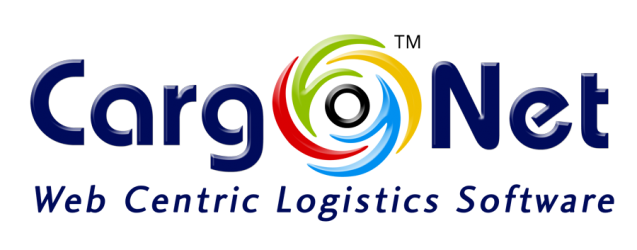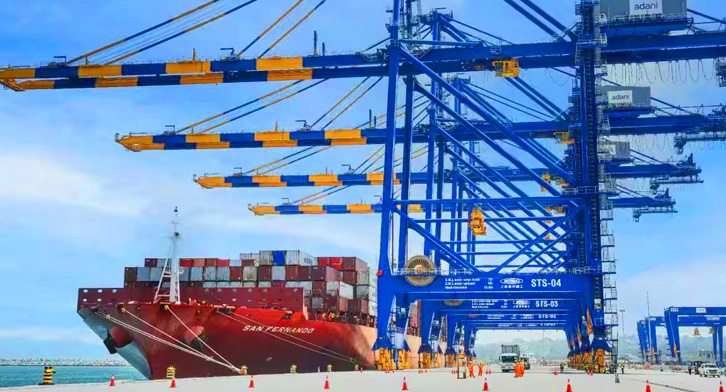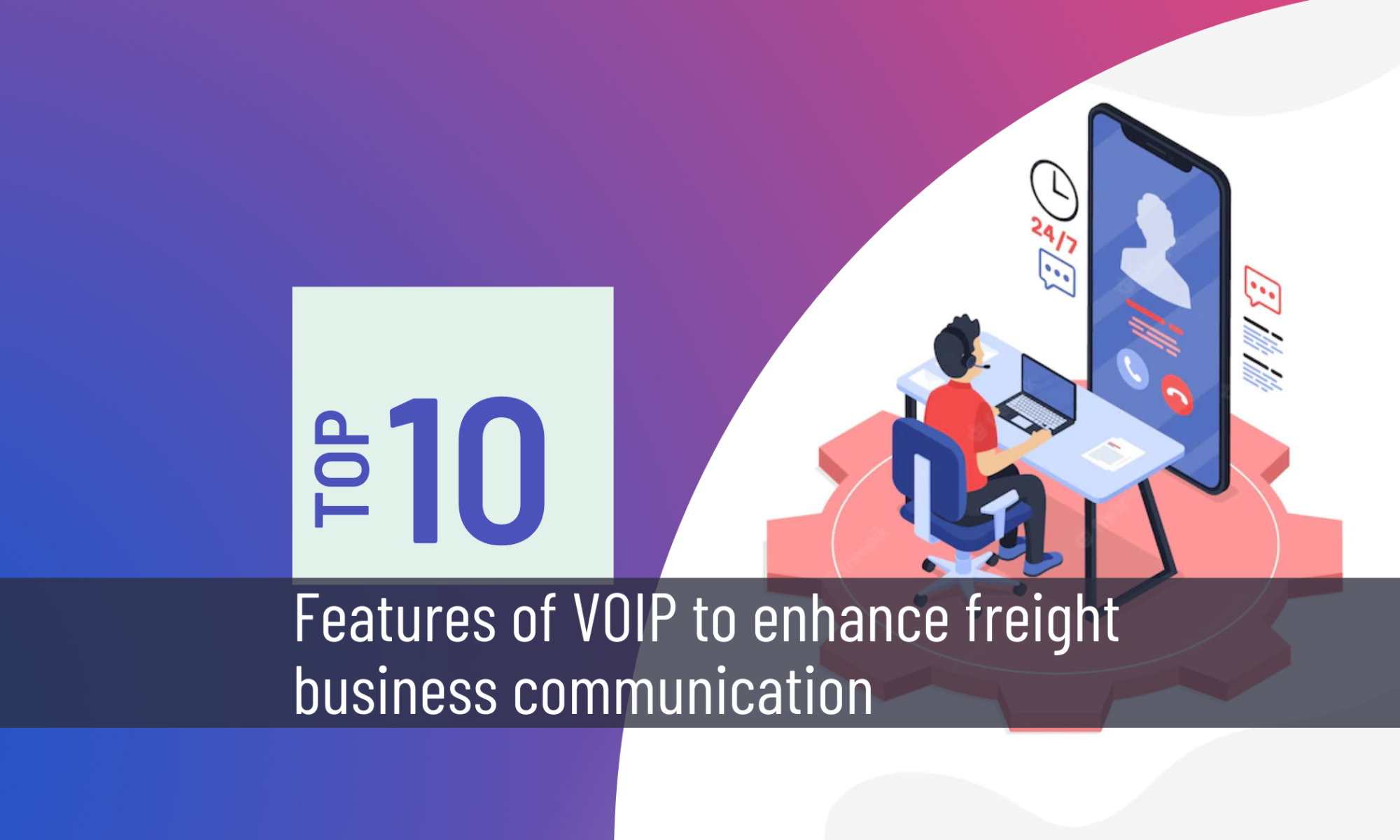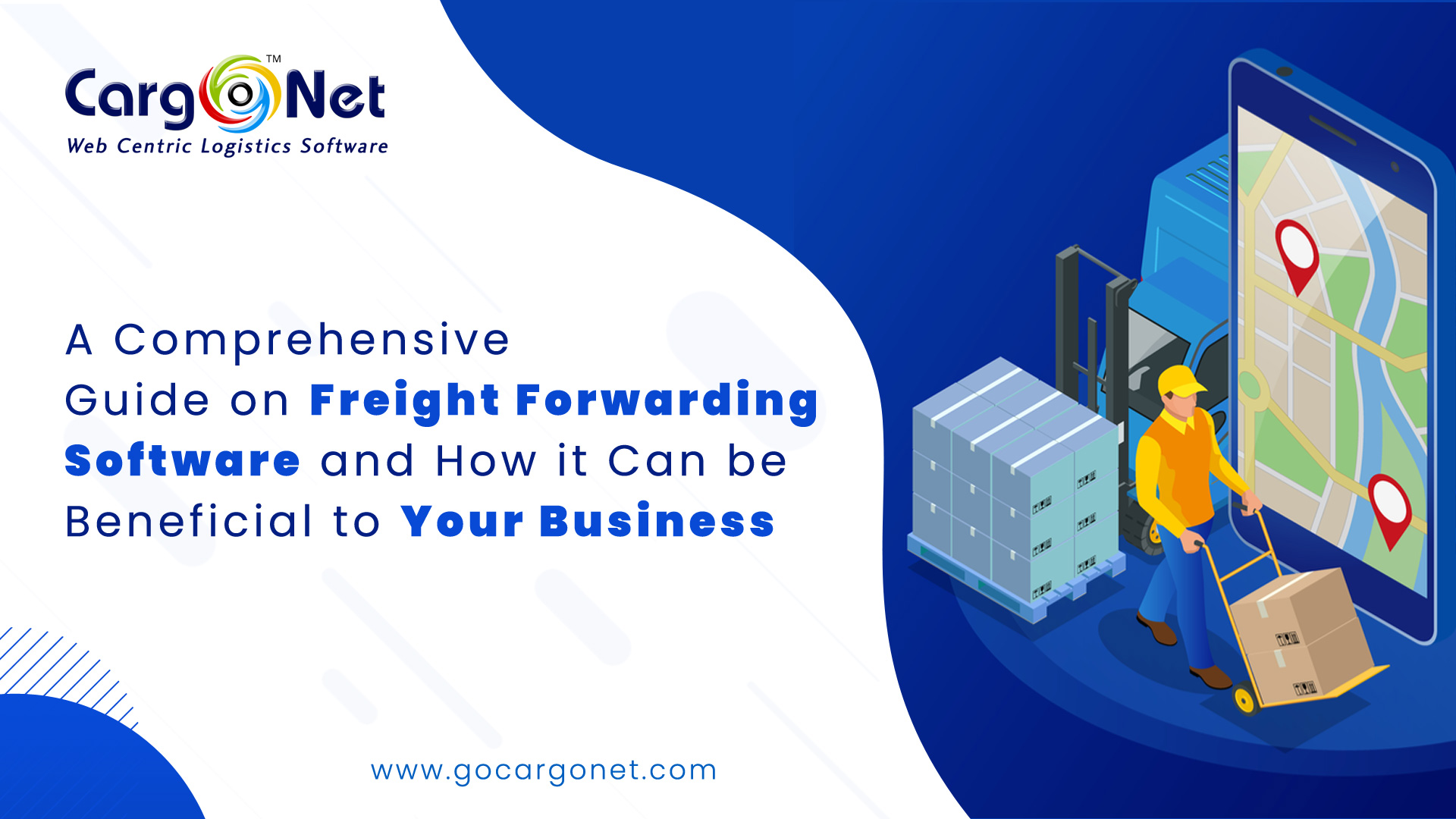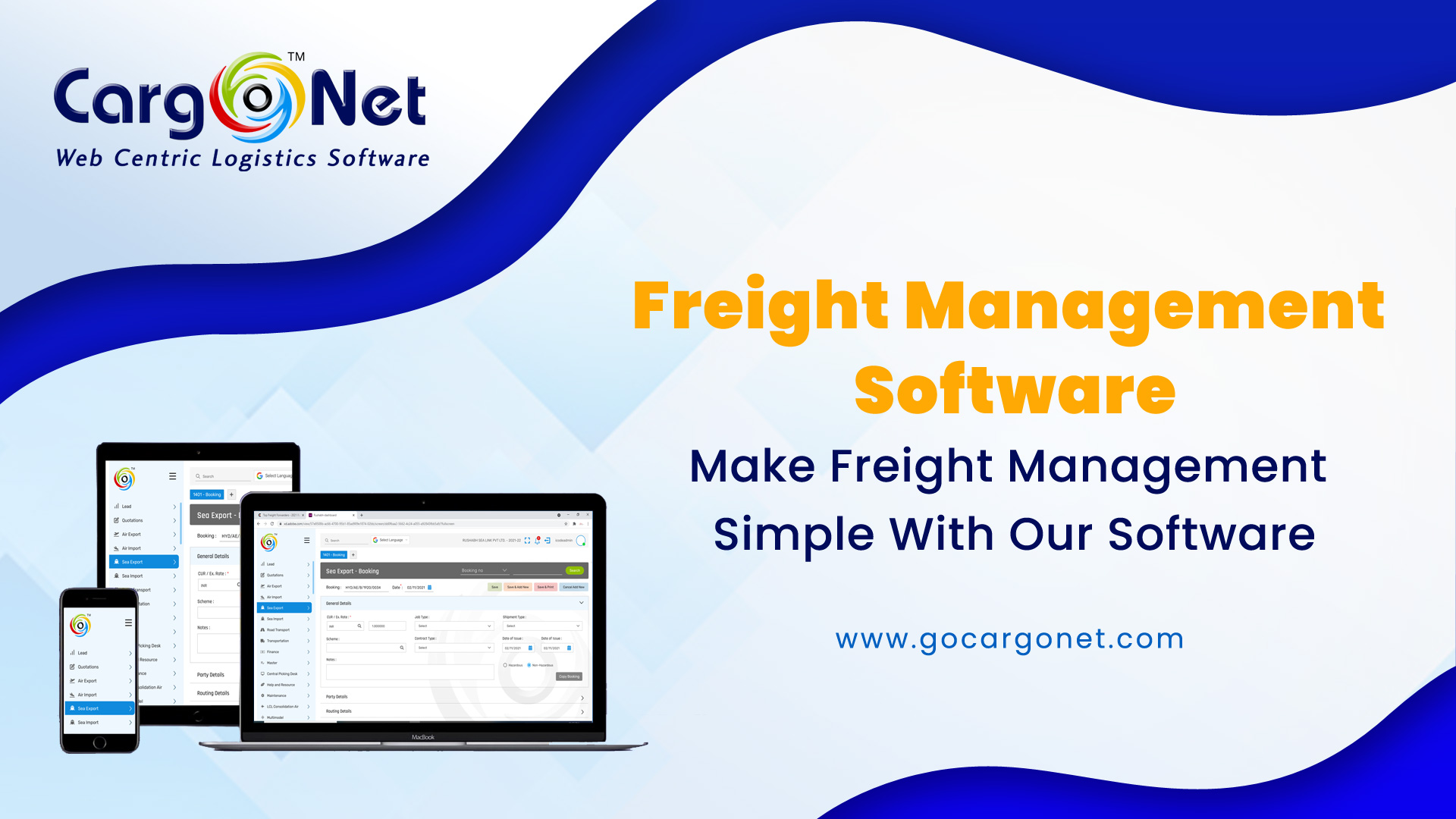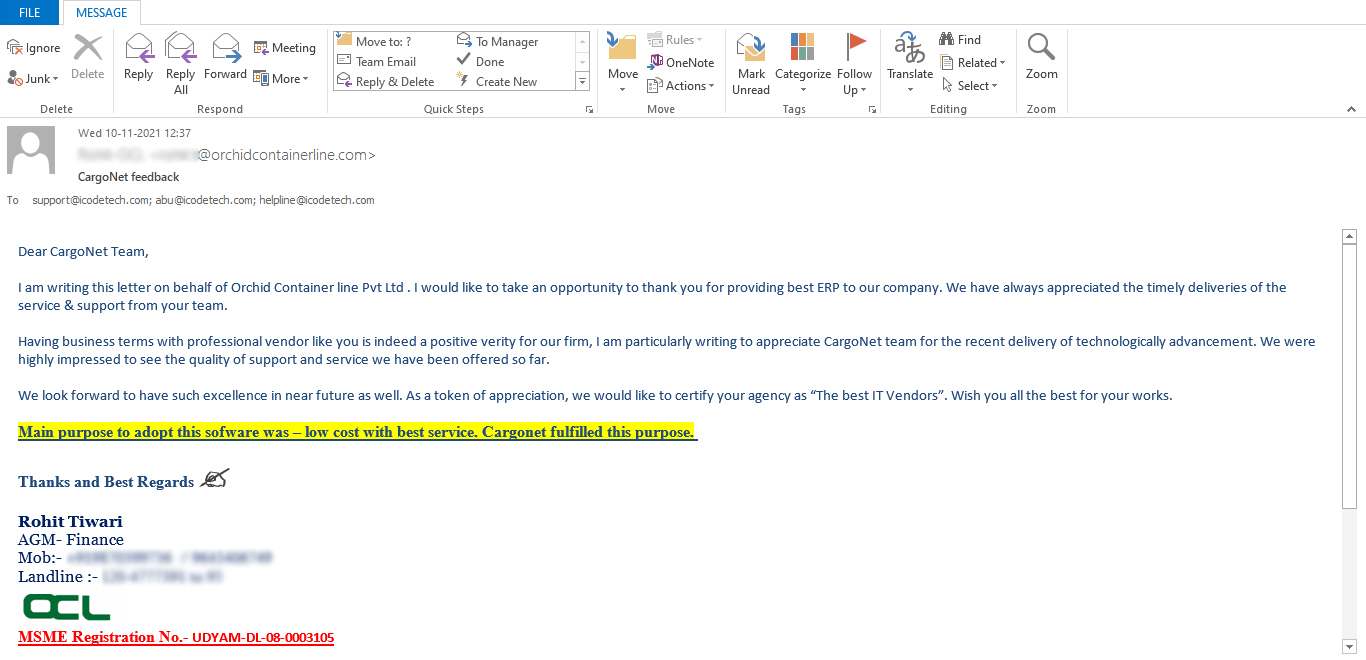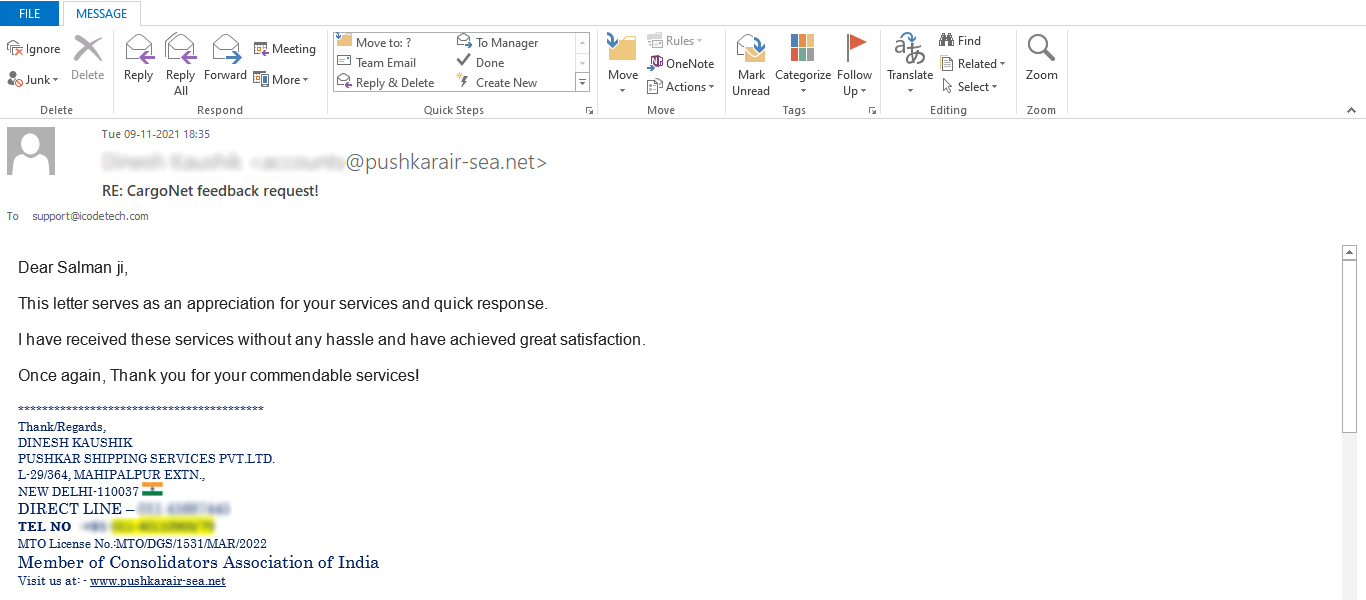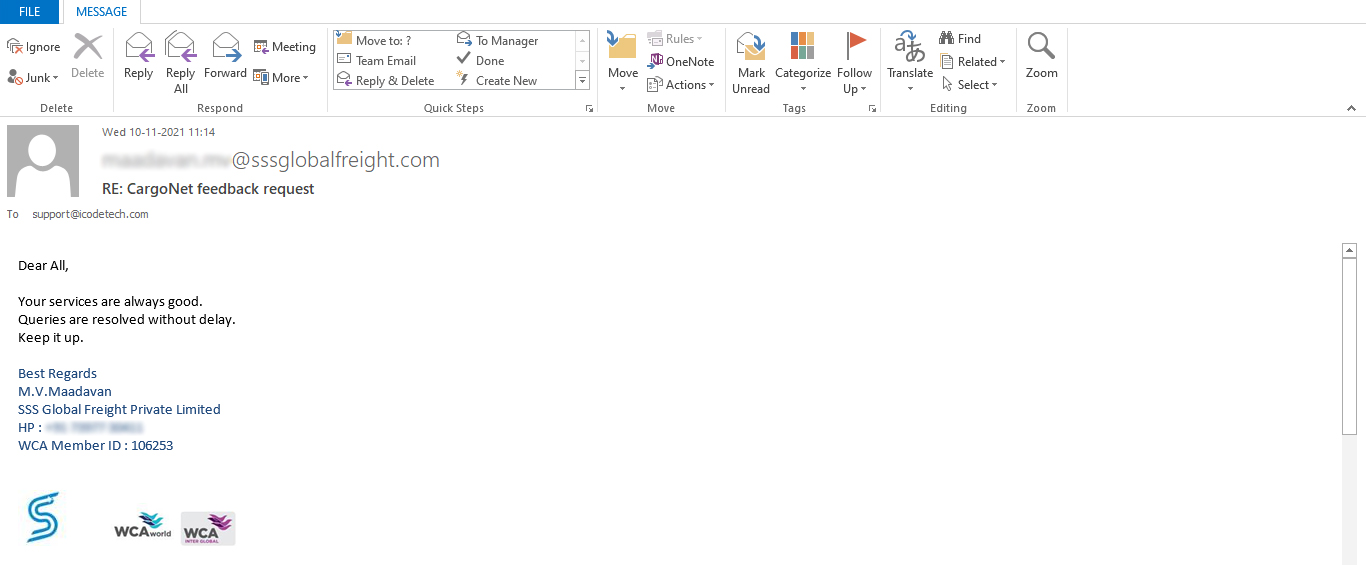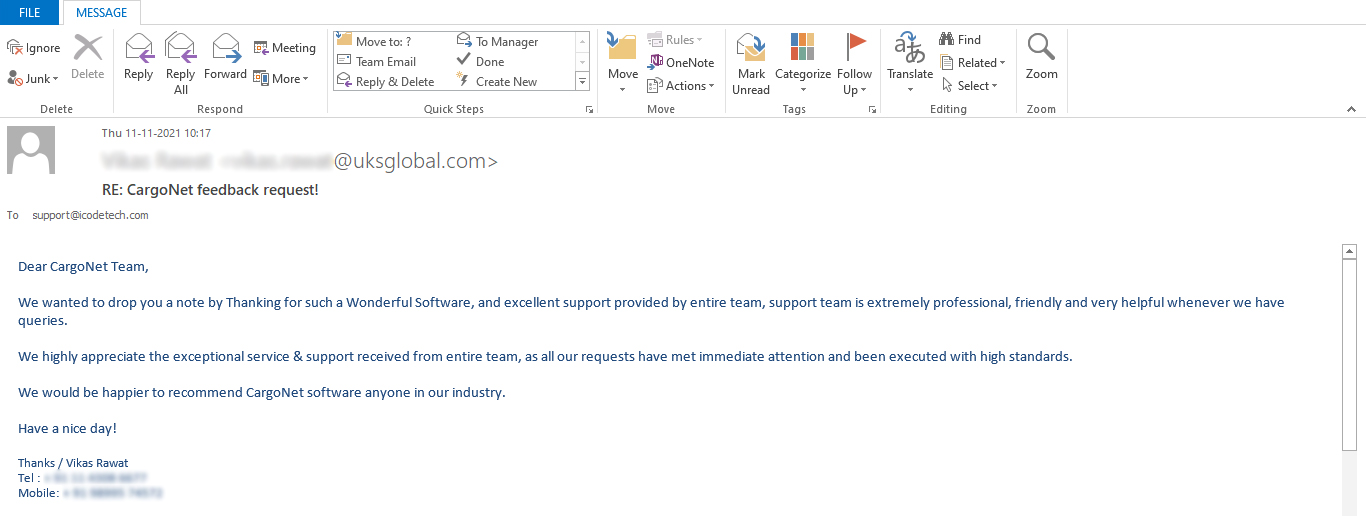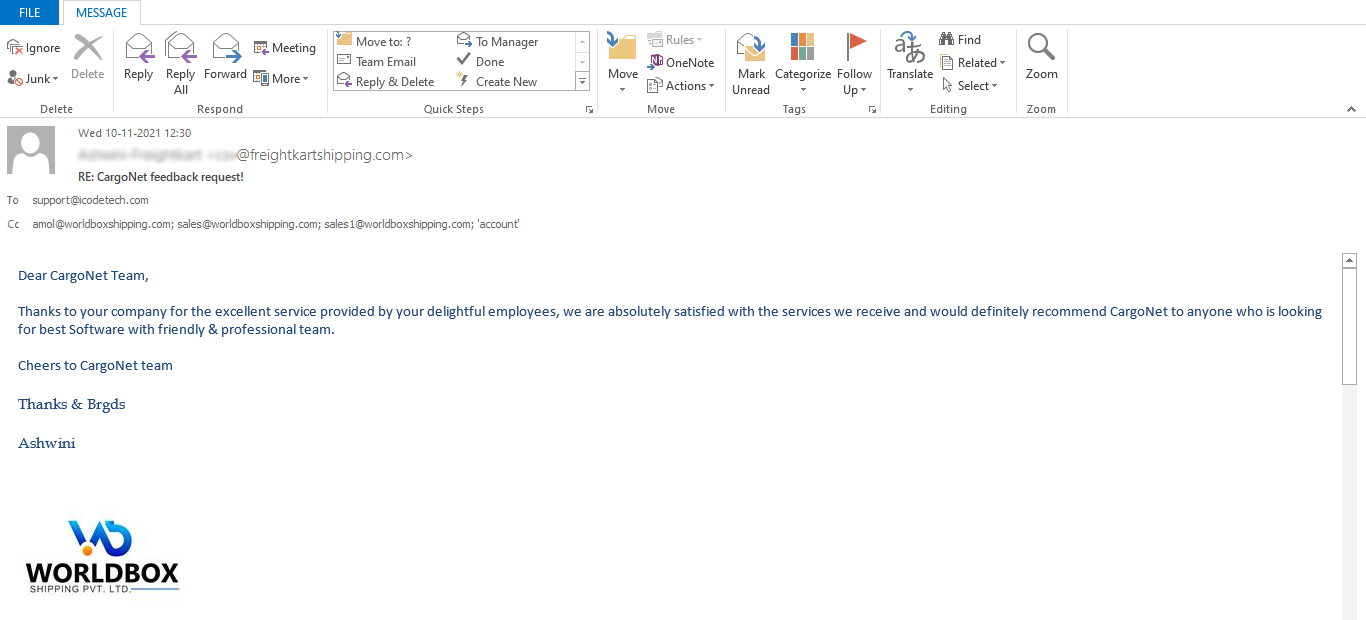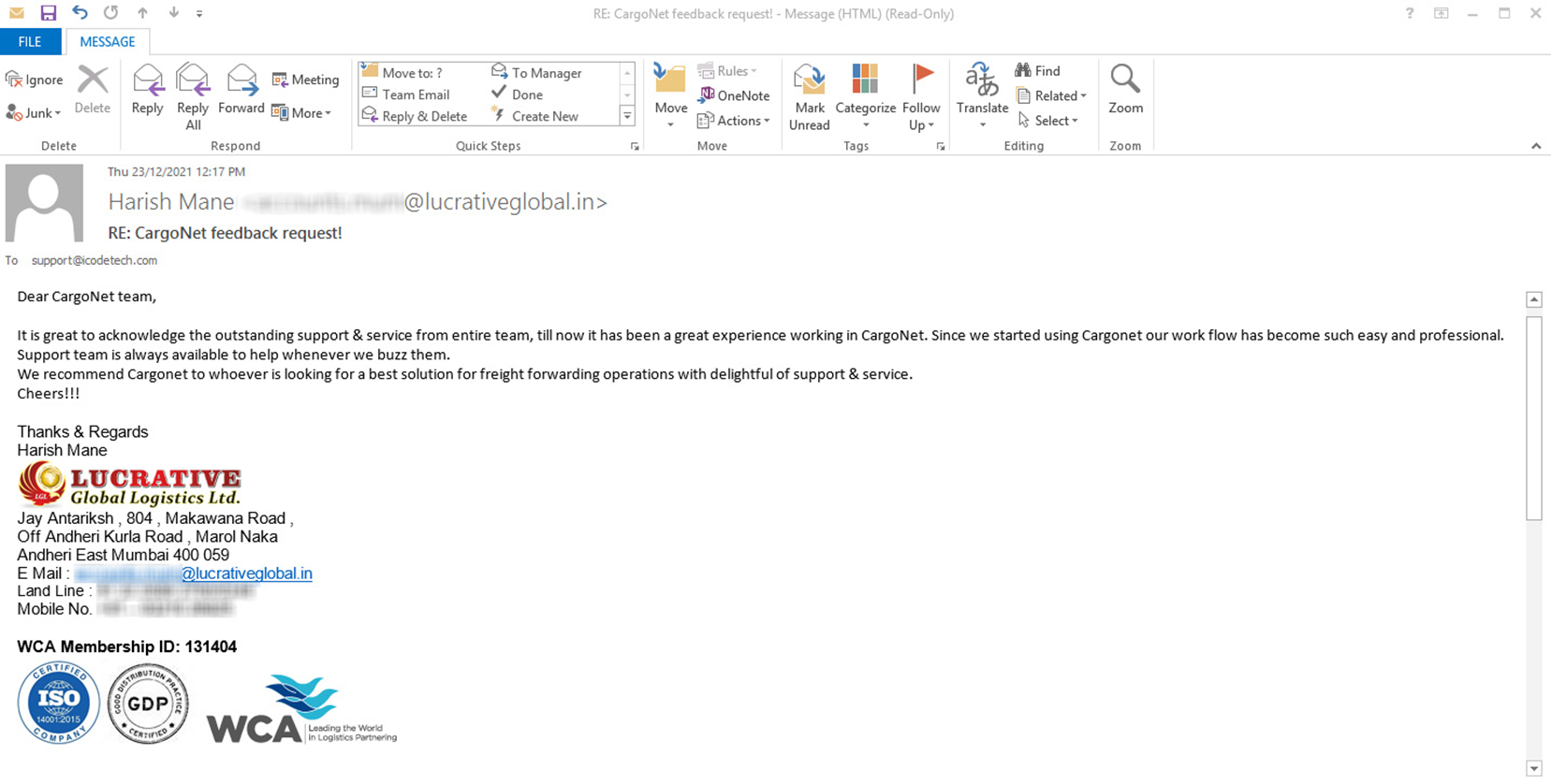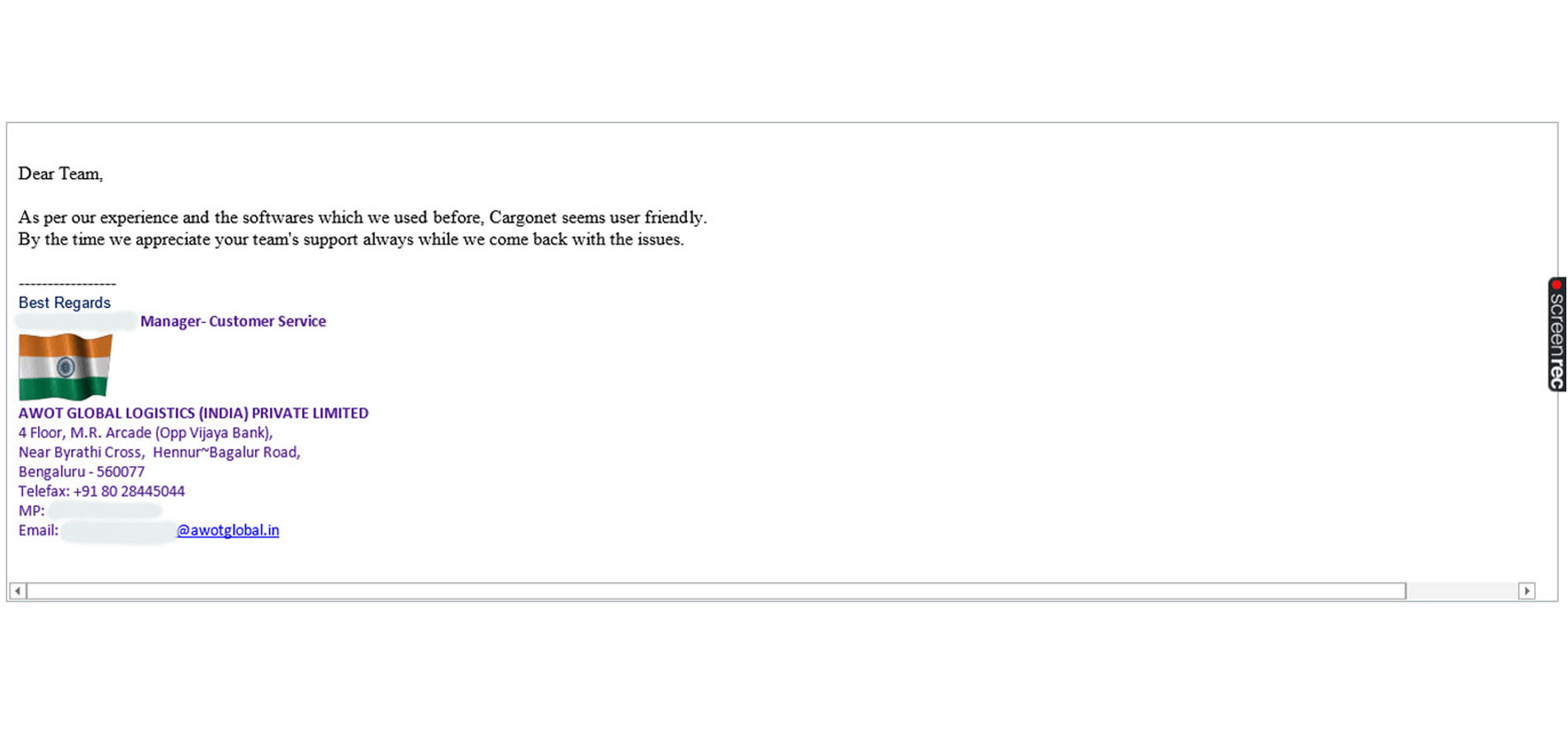All you need to know
Blog
Why Are AI Bots The Future Of The Logistics Industry?
AI Bots are a new type of technology that is being used in logistics industries. AI bots are computers that can operate autonomously and perform tasks without having a human operator. This means that they can learn, adapt and improve on their own.
AI Bots are becoming more popular in the logistics industry because they can help businesses save time, money and resources while also increasing productivity. AI-enabled systems can identify trends in data, automate processes, analyze data, make predictions and make recommendations. They can also interact with customers via chatbots or voice assistants such as Siri or Alexa.
With that in mind, it should come as no surprise that AI is being used by all these different parties to improve the efficiency of their processes. The problem comes when a company tries to apply AI in its supply chain without considering how it will affect other parties involved in the chain.
The following are some of the challenges you may encounter when trying to implement AI Bots in your supply chain:
Benefits of AI Bots in Supply Chain and Logistics Industry
1)BOLSTERING PLANNING AND SCHEDULING ACTIVITIES – AI has the power to boost planning and scheduling activities by automating repetitive tasks that are currently performed manually. It can improve the accuracy and efficiency of these processes, thereby increasing capacity and improving customer satisfaction.
2)COST REDUCTION – AI is expected to cut costs by reducing errors and reducing rework, which reduces waste and improves customer experience. According to McKinsey, AI-based supply chain optimization can reduce costs by 15% to 20% when applied across an enterprise’s entire supply chain network.
3)INTELLIGENT DECISION-MAKING – AI-enabled systems help companies make smarter decisions by making better use of data and improving decision-making processes at every level of their businesses in real time. By using data analytics, companies can identify potential problems before they arise, allowing them to take proactive steps that can prevent lost sales or other negative outcomes from occurring. This can also help organizations reduce costs associated with customer complaints or warranty claims due to product failures due to poor quality control or other reasons.
4)INVENTORY AND DEMAND MANAGEMENT – Inventory is the most critical component of supply chain management. It is a big headache to manage inventory efficiently in order to avoid any downtime during the production and delivery of goods. In this regard, AI can be used for effective inventory management. Predicting demand and forecasting stock levels are some of the functions that AI can easily master. This will help manufacturers to reduce their inventories as well as improve their cash flow. Moreover, it also helps them in making informed decisions about what products to produce or how many of them they should sell at any given time.
5)BOOSTING OPERATIONAL EFFICIENCIES – AI is an excellent tool for automating repetitive tasks on computers and smartphones. Such tasks include data entry, cleaning up data, processing transactions, and many more. Automation allows manufacturers to perform these tasks quickly and accurately without human intervention which boosts operational efficiencies significantly. Moreover, it also helps them save money by reducing manpower costs in various departments of their business units like sales and support teams who spend most of their time doing repetitive tasks instead of making new customers happy or servicing existing ones properly

